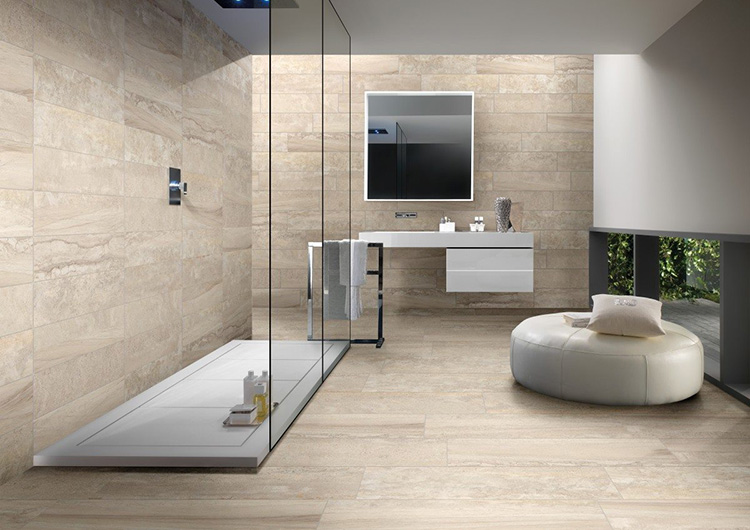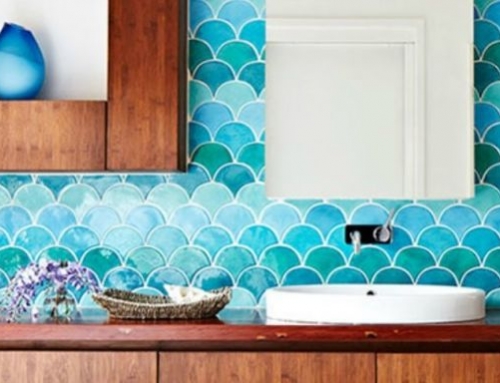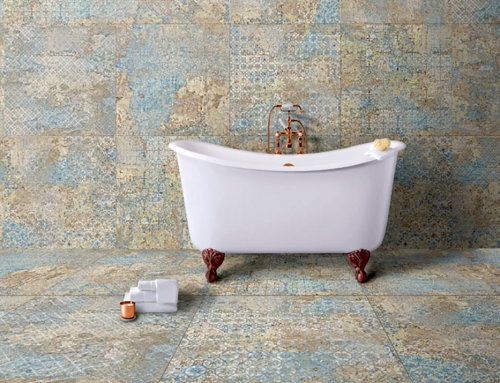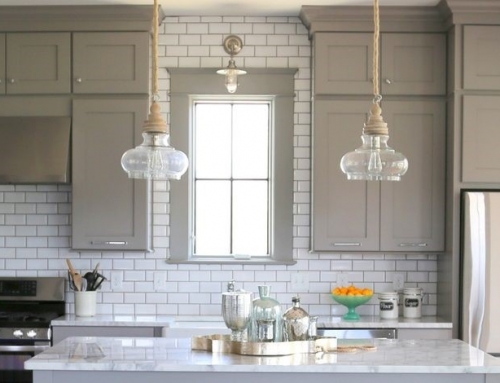Common natural stone flooring includes slate, marble, limestone, travertine, and granite, each of which has slightly different properties. These properties need to be considered when choosing stone and where in your home you plan on installing it.
Things like:
- Absorption rating
- Grade
- Coefficient of friction
- Indoor and outdoor rating
- Oxidization



Let’s say you plan on installing some stone in your bathroom. You would want to use a stone that has a vitreous, or impervious, absorption rating. You will also want something with a high coefficient of friction so you have great traction in a damp environment. If you are installing some stone outside, you will have to consider all the options listed above. They may or may not limit your choice of what stone you can use, depending on the location of the install.
While stone is very aesthetic and practical, there are some drawbacks to it as well.
With the exception of granite and some slate, natural stone is quite porous and needs to be treated with a sealing agent periodically to protect its surfaces. Some polish materials such as marble can scratch easily. Some stones are also very brittle, and will chip easily.






